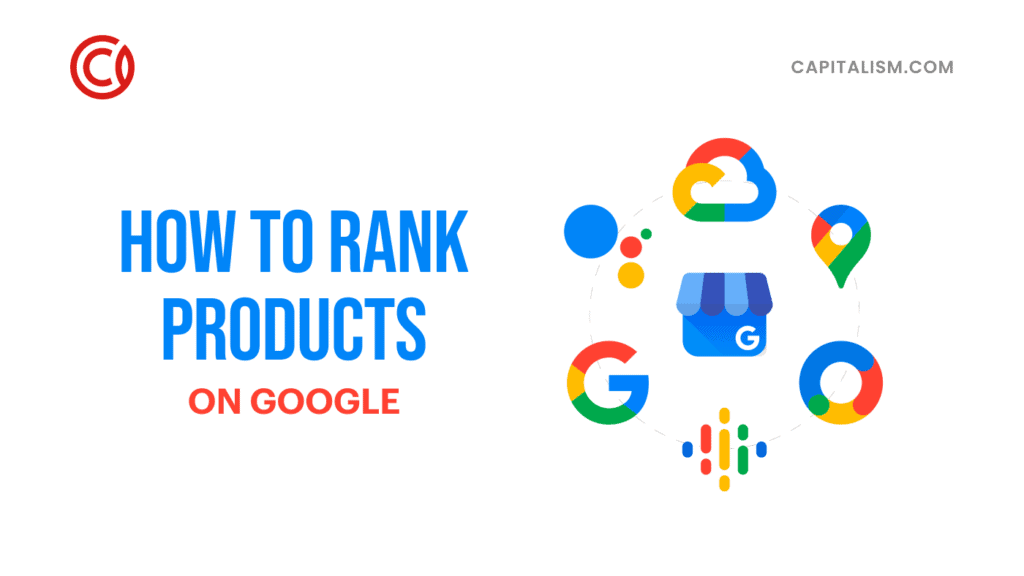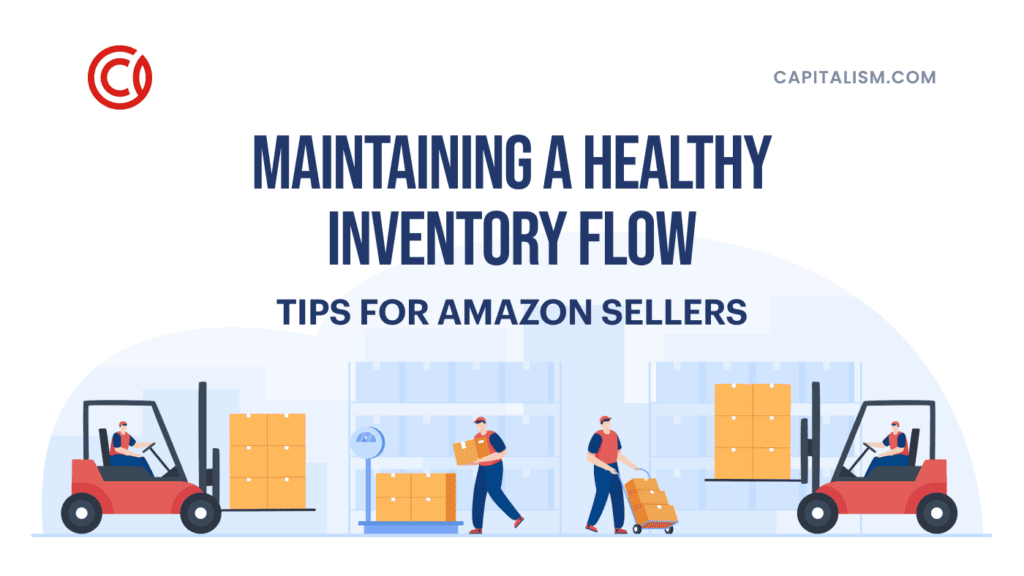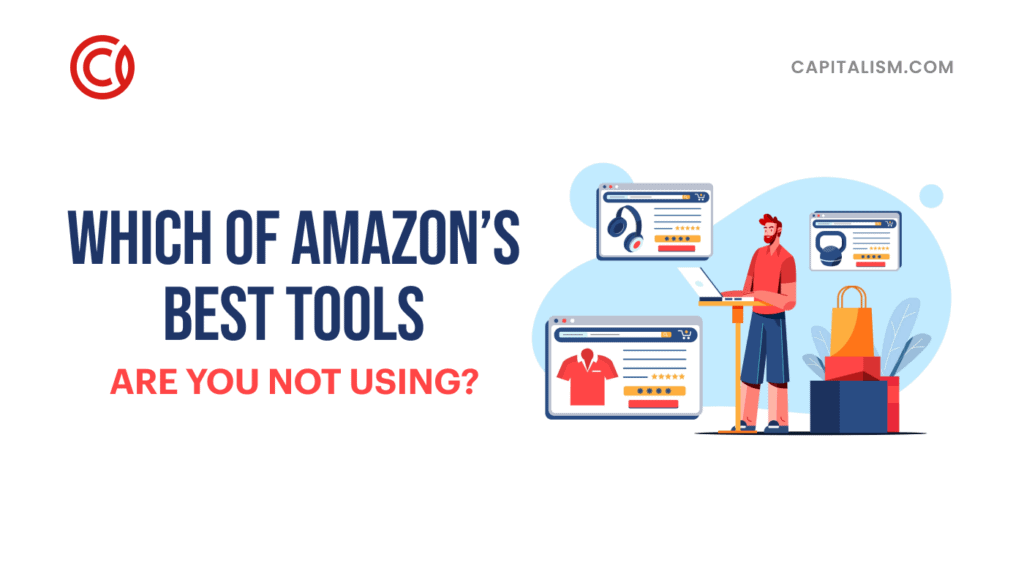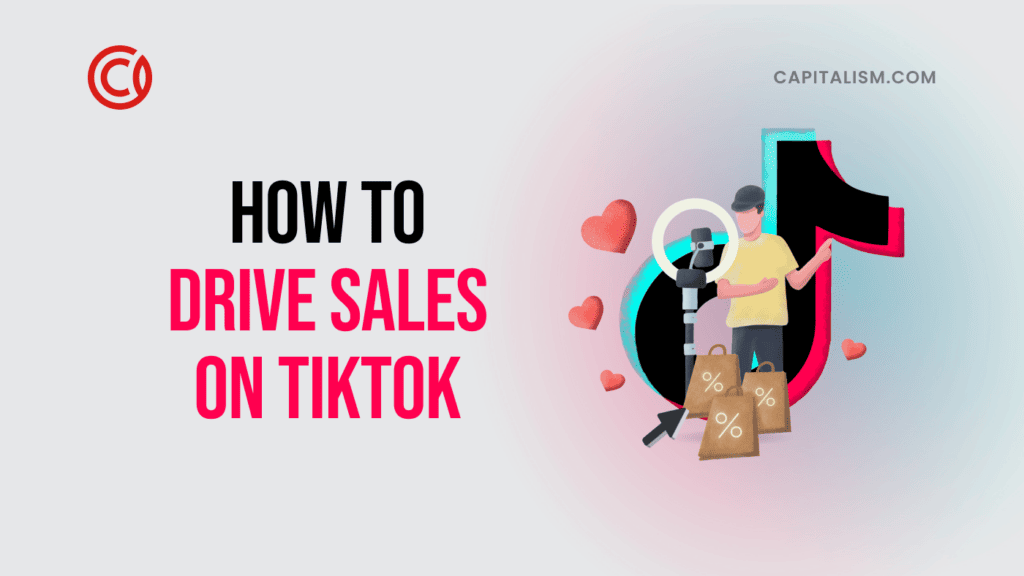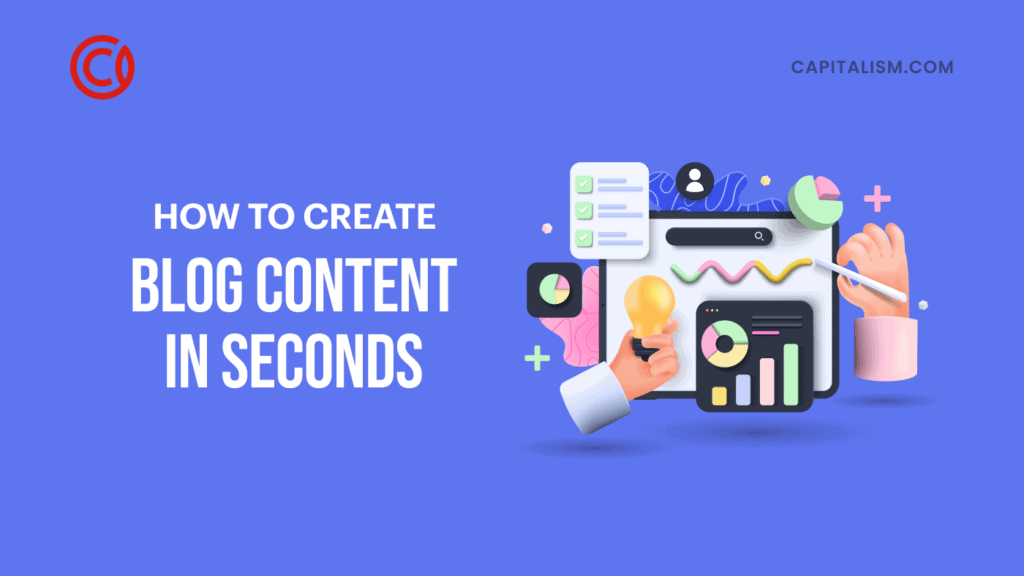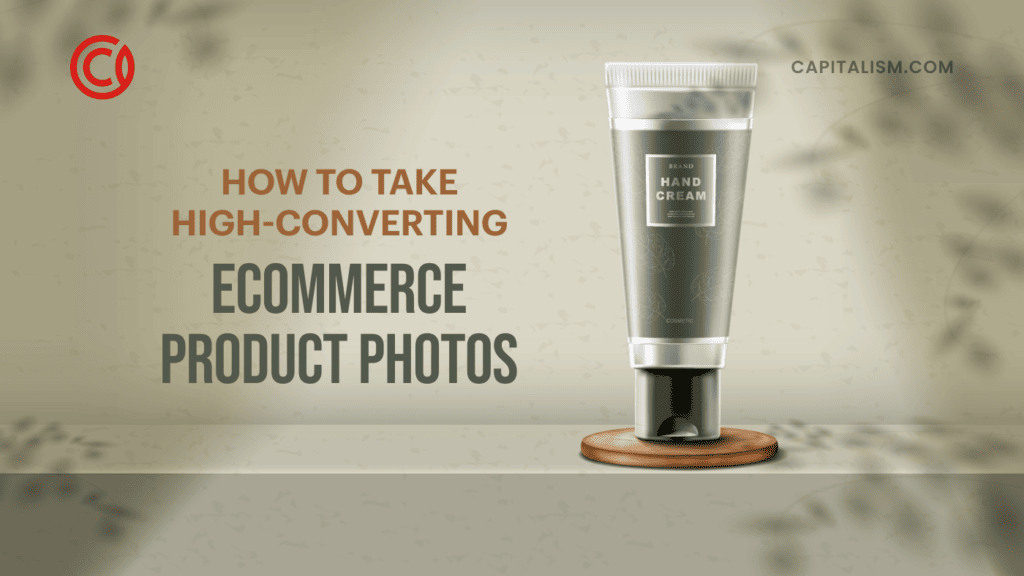The motivations behind people's choice to shop online are diverse, ranging from the convenience it offers to the competitive prices available. Moreover, online businesses constantly strive to bridge the gap between online and in-person shopping experiences, ensuring customers have a seamless and satisfying journey.
Today, buyers can easily access a wealth of information and detailed product descriptions from the comfort of their own homes. Advancements such as 360-degree product views and detailed size charts for online clothing stores have revolutionized how consumers explore and evaluate products. Now, shoppers can make informed decisions and gain a comprehensive understanding of items without leaving their homes.
Standing out from the competition is vital to the success of your online store. With millions of products available online, how can you ensure potential customers discover your products? The answer lies in mastering the art of product page SEO.
Optimizing your product pages for search engines like Google can significantly increase your chances of ranking higher in search results. Ultimately, it can drive organic traffic and boost sales.
Why SEO Matters for eCommerce Sites
Why does SEO hold immense importance for eCommerce sites like yours? Here are some reasons.
Enhances Visibility
The first page of Google search results is a highly coveted space for any online business. Implementing SEO techniques, such as backlink building, on your product pages can significantly improve your visibility. It can increase the likelihood of appearing on that coveted first page. A study conducted found the first result on Google's organic search results receives 28.5% of all clicks. As you move down the page, the click-through rates decrease significantly.

By optimizing your product pages, you enhance your chances of being noticed by potential customers and driving organic traffic to your site.
Cost-Effective Marketing
Investing in traditional advertising and paid marketing campaigns can quickly drain your budget. SEO, on the other hand, offers a cost-effective approach to marketing your products. While it requires time and effort, optimizing your product pages for search engines can generate long-term organic traffic and lessen your reliance on paid advertising. Targeting relevant keywords and optimizing your pages attracts highly motivated customers actively searching for products like yours.
Improves ROI
Investing in SEO for your product pages is more than just a short-term strategy. It is a valuable investment in the long-term success of your e-commerce site. While paid advertising campaigns can generate immediate traffic and visibility, their effects are often short-lived. The traffic and leads generated from those ads dwindle once the campaign ends, or the budget runs out.
In contrast, SEO offers lasting effects that continue to benefit your business over time. Optimizing your product pages for search engines lays the foundation for consistent organic traffic and visibility. When your website has higher search rankings, it becomes more accessible to potential customers actively searching for products like yours. This increased visibility can lead to a steady stream of qualified traffic and conversions, even after implementing your initial SEO efforts.
With each sale made through organic traffic, your ROI grows stronger. Unlike paid advertising, where you incur costs with each click or impression, the organic traffic generated through SEO is free.
Product Page SEO Tips to Follow

Let's explore practical tips to optimize your product pages for search engines and boost your online visibility.
Pay Attention to URL Slugs
URL slugs are the website addresses that appear in the browser's address bar. Including relevant keywords in your URL slugs can improve the visibility and searchability of your product pages.
For example, instead of having a URL slug like "www.yourwebsite.com/product123456," consider a slug like "www.yourwebsite.com/brand-name-product-category." This helps search engine crawlers understand the page content and increases the chances of ranking for relevant keywords.
Maintain Consistent Product Page Format
Consistency is key in product page SEO. Ensure that you maintain a consistent format across all your product pages. This includes product titles, descriptions, image alt tags, and structured data markup. Consistency provides a seamless user experience and helps search engines know and index your content more effectively.
Consider Structured Data Markup on Product Pages
Structured data markup provides additional context to search engines about the content on your product pages. By implementing schema markup, such as Product Markup, you can give detailed product information, including price, availability, and reviews. This can enhance your visibility in search results and increase the chances of appearing in rich snippets, which often attract more clicks.
Focus on Meta Titles and Meta Descriptions
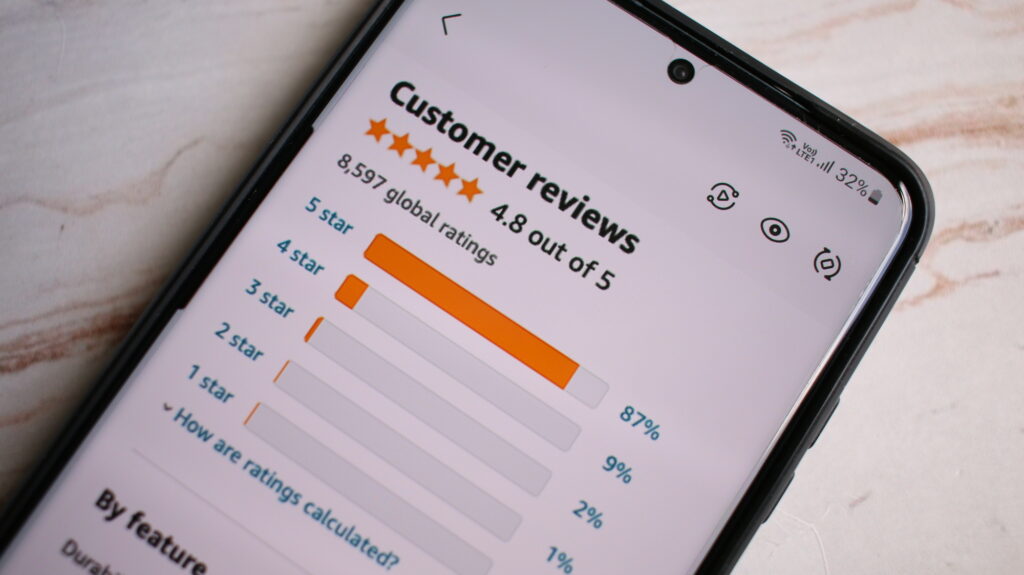
Craft compelling meta titles and meta descriptions for your product pages. These appear in search engine results and are crucial in attracting potential customers to click through to your site. Include relevant keywords, highlight unique selling points, and create engaging copy that entices users to learn more about your products.
Use Long-Tail Keywords
Long-tail keywords are specific, multi-word phrases that are more targeted and have less competition than generic ones. By incorporating long-tail keywords into your product titles, descriptions, and other relevant areas, you can attract highly motivated customers searching for precisely what you offer.
For example, instead of targeting a generic keyword like "shoes," consider using a long-tail keyword like "women's running shoes for flat feet." This narrows down your target audience and increases the chances of conversions.
Improve Product Descriptions
Compelling product descriptions not only provide valuable information to your customers but also serve as an opportunity to incorporate relevant keywords. Craft unique, engaging, and informative descriptions highlighting your products' features, benefits, and unique selling points. Remember to avoid duplicate content and ensure each product description is distinct and tailored to its specific product.
Invest in Visually Appealing Images
High-quality, visually appealing images are crucial for attracting customers and enhancing the overall user experience on your product pages. Optimize your images by compressing their file sizes without compromising quality, using descriptive file names, and adding relevant alt tags. Alt tags not only improve accessibility but also open an opportunity to include relevant keywords. It helps search engines understand image content.
Highlight product images by using a background remover to clean them up.
Key Takeaways
Optimizing product pages for search engines is a game-changer for e-commerce businesses. While product page SEO requires time, effort, and possibly resources, the ongoing benefits can far outweigh the initial investment.

SEO has a compounding effect. As your website gains authority and credibility in the eyes of search engines, your rankings improve, leading to even more organic traffic and potential sales.
- Implementing effective product page SEO strategies improves your online visibility, attracts more organic traffic, and ultimately increases your sales.
- Focus on giving the best user experience to attract and retain customers to your site.
- The benefits of SEO can continue to grow exponentially over time, providing an excellent return on your initial investment.
As you've learned, SEO is a powerful tool for boosting your product page visibility and driving sales. However, SEO is just one piece of the puzzle. To truly excel in the eCommerce world, you need a comprehensive understanding of sales strategies and customer engagement techniques.
That's where Capitalism.com and its mission to make one million millionaires by 2028 comes in.
We offer a FREE course that can help you take your eCommerce business to the next level. 100 Sales a Day is designed to provide you with actionable strategies to significantly increase your daily sales.
Whether you're a seasoned eCommerce veteran or just starting, this course can provide valuable insights to help you achieve your sales goals. So why wait? Start your journey to 100 sales a day now! Check out the course here.
